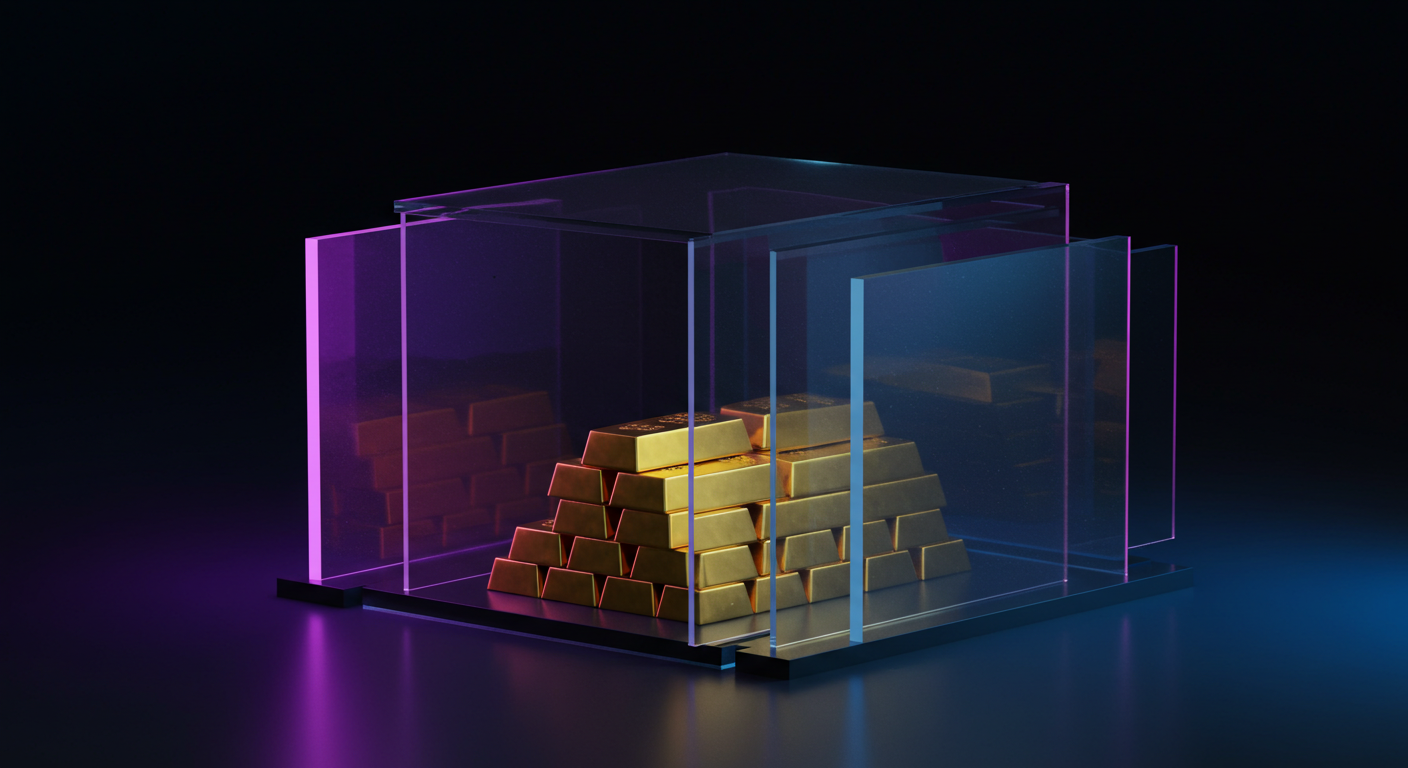
Gold prices in Saudi Arabia experienced a decrease on Wednesday. The current price for one gram of gold is 407.62 Saudi Riyals (SAR), down from 413.81 SAR on the previous day.
The price per tola of gold also saw a reduction, falling from 4,826.65 SAR to 4,754.42 SAR. Current prices for gold are calculated by converting international market prices into SAR, adjusting for local measures and currency rates.
The Valuation Of Gold
Gold is valued both for its beauty as jewellery and for its role as a financial asset. It is often considered a safe haven, meaning it is a favoured choice during economic uncertainty.
Central banks are major holders of gold, augmenting reserves to bolster economic confidence. In 2022, central banks added 1,136 tonnes, equivalent to approximately $70 billion, marking the highest annual purchase on record.
Gold prices are affected by various factors including geopolitical events, economic instability, and interest rates. A strong US Dollar can suppress gold prices, while a weaker Dollar typically elevates them. Gold prices often react inversely to movements in the stock market and US Treasuries.
This recent dip in gold prices — seeing the gram move down by just over six riyals and the tola by roughly 72 — reflects broader shifts in international sentiment. The precious metal, long viewed as a store of value in uncertain periods, remains tethered to macroeconomic forces, not least of which include central bank policy moves, interest rate expectations, and currency strength, especially the US dollar. That’s why the correlation between a firmer greenback and weaker gold is not just anecdotal; it’s observable in real time and deeply linked to trading volumes and futures activity.
Market Forces And Indicators
Central banks continue to act as a backstop in this asset class, and their intentions carry weight across international markets. The 1,136 tonnes added to reserves in 2022 was not only a historical record — it was also a pronounced signal. These purchases typically reflect expectations about systemic risk or about dwindling confidence in printed currencies. When such institutional players shift course with that level of aggression, markets often mirror the action — either promptly or in anticipation.
From our position, price movements like the ones observed are opportunities to understand which forces are accelerating and which are pulling back. A dip of 6.19 SAR per gram may not feel seismic on the surface, but paired with factors such as interest rate speculation out of the U.S. or regional inflation dynamics, it sets the scene for layered decisions.
As gold continues to underreact to fluctuating yield levels on US Treasuries, the volatility in its price could remain compressed, which threatens to lessen short-term directional bias. But such quiet patches can break quickly. Market participants with exposure tied to delta or gamma sensitivity should monitor upcoming monetary policy meetings and related commentary.
The inverse relationship between equities and gold isn’t failing — it’s repricing. Assets aren’t decoupling from historical norms; rather, they’re recalculating their response amidst mixed inputs. If the dollar index holds above its current trendline, it could continue pressuring gold quotes, but any dovish rate outlook might derail that momentum. We’ve seen this pattern before in past tightening cycles.
Watching spreads between short- and long-dated gold futures helps us track sentiment shifts. Compressed backwardation patterns, or sudden return into contango, could flag where hedgers expect volatility to return. And when institutional flow moves, often lightly at first, it tends to snowball. Watching dealer inventories and ETF redemptions tells us more than price alone.
Although metal demand for jewellery can still prop retail prices in the region, the broader price story is written elsewhere — partly traded, partly signalled, and often sentiment-led. That is where the attention should be.







